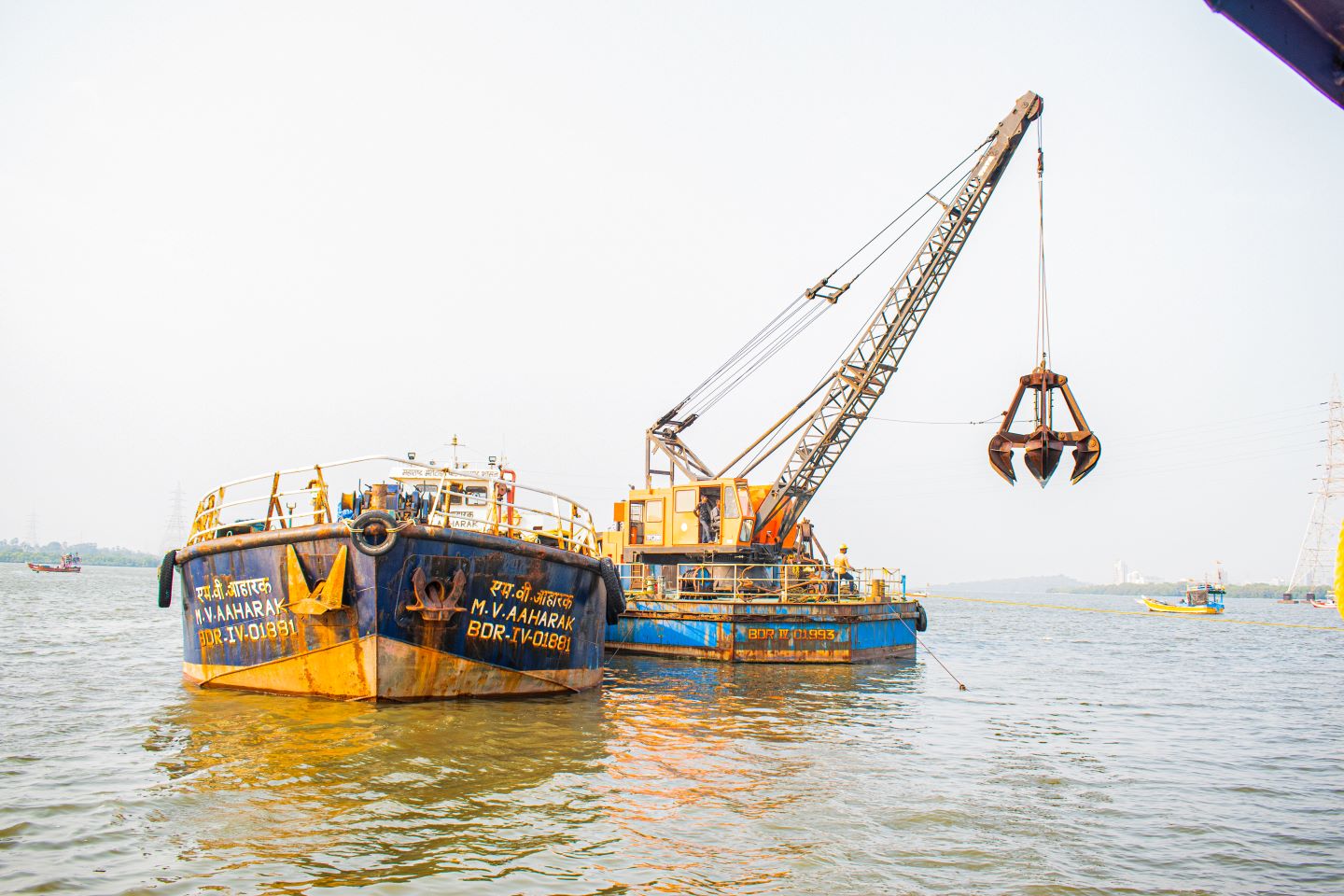New mineral deposit discoveries are declining, as is the ore grade. Therefore, identifying viable new mines and determining the economic feasibility of extracting a known resource is becoming increasingly difficult. This has led to a shift to more underground mining and remote deposits, resulting in longer haul distances and labour costs. There have also been years of underinvestment, which means that exploring opportunities for capital expenditures—and identifying suitable projects for execution—will be crucial for cost-cutting measures. The future of mining is rapidly evolving, and new frontiers are opening such as deep-sea mining and extra-terrestrial resource exploration.
Deep-sea mining: extracting resources from the ocean floor
Deep-sea mining, the extraction of minerals from the seabed of the deep ocean floors, is increasingly appealing to investors. As the world transitions to green energy solutions, there is a growing demand for metals such as copper, nickel, and cobalt, which are used in batteries. Land concentrations of these metals are decreasing, but a large amount can be found on parts of the ocean floor in the form of polymetallic nodules.
This type of mining relies on accurate mapping and prospecting to assess the economic viability of the resource. To do this, rover-type robots, drones, and submarine robots are deployed to explore remote and hazardous locations, including underground tunnels, deep-sea beds, and polar regions.
Conventional nodule harvesting is based on dredging technology, responsible for broad environmental destruction—mainly biodiversity loss and large sediment plumes. To reduce this impact, businesses like Impossible Metals, a company building underwater robotics vehicles for the sustainable seabed mining of critical minerals, have appeared in the market. Impossible Metals avoids serious harm to the seabed by replacing dredging technology with underwater robots. In December 2022, its autonomous underwater vehicle ‘Eureka 1’ completed its Proof of Concept trial by selectively harvesting rocks in an underwater environment.
As of July 2023, the International Seabed Authority (ISA) has granted over 30 contracts to allow the exploration of around 1.5 million square kilometres of ocean floor for deep-sea mining. No guidelines have been adopted so far but exploitation regulations are currently being drafted, with their adoption planned for 2025.
Asteroid mining: extracting resources from the space
Extraterrestrial resource exploration is no longer only science fiction. Mining resources and critical minerals on the moon, Mars, and beyond has become increasingly feasible and space is no longer the sole domain of governments and incumbent aerospace and defence companies. Technological advances in manufacturing, propulsion, and the launch of rockets have made it much easier and less expensive to venture into space, and robots will play a crucial role in navigating harsh conditions and undertaking risky tasks. SpaceX was the first private company to launch a spacecraft into orbit and return it safely to Earth. Currently, SpaceX is charging clients $67 million per launch of the Falcon 9, its partially reusable medium-lift launch vehicle. Across the globe, in August 2023, India’s Chandrayaan-3 was the world’s first spacecraft to land on the south pole of the Moon.
Asteroid mining is a new and very expensive method of obtaining resources. OSIRIS-REx was the first US mission to collect a sample from an asteroid. The Nasa mission returned to Earth in September 2023 to drop off 2.48oz (70.3g) of rocks and dust from asteroid Bennu. Meanwhile, various start-ups are developing similar concepts to rival aerospace giants.
Asterank, which measures the potential value of over 6,000 asteroids that Nasa currently tracks, has determined that mining just the top ten most cost-effective asteroids—those both closest to Earth and greatest in value—would produce a profit of around $1.5 trillion. There is also great potential for further expansion. One asteroid, 16 Psyche, which is 140 miles wide, could contain a core of iron, nickel, and gold worth $10,000 quadrillion.
But it is not plain sailing. The primary problem with asteroid mining is that a significant global struggle for resources and power would ensue. According to the Harvard International Review, there is a risk that asteroid mining resources would flood the market, causing a rapid devaluation of global raw materials. In one simulation, a single shipment of space minerals would devalue the price of gold on Earth by 50%.






